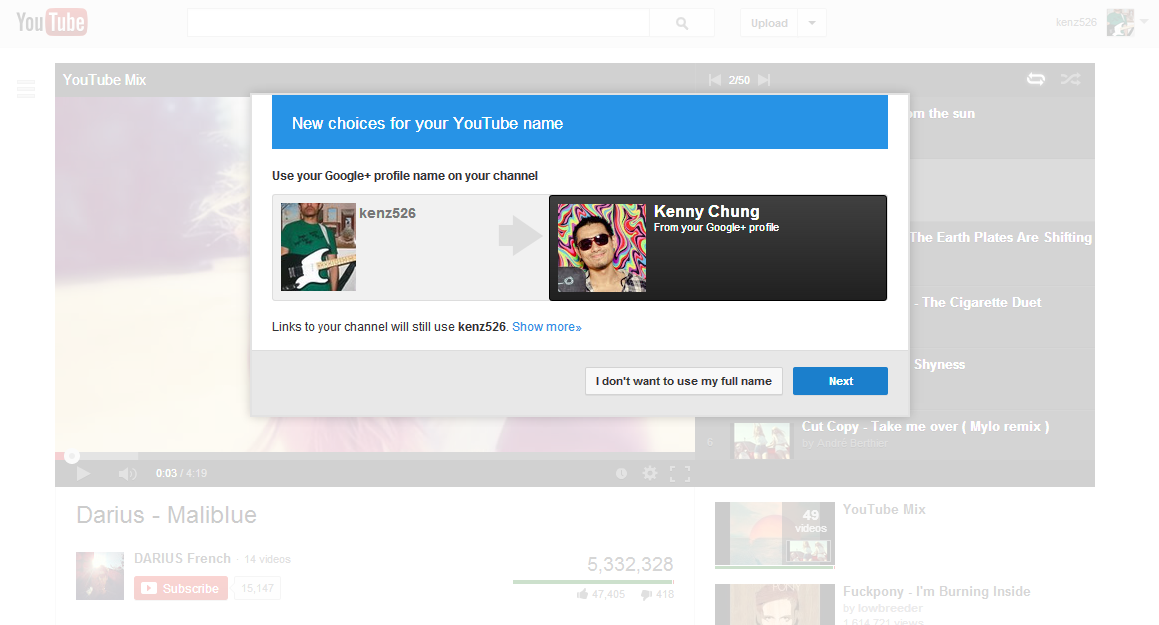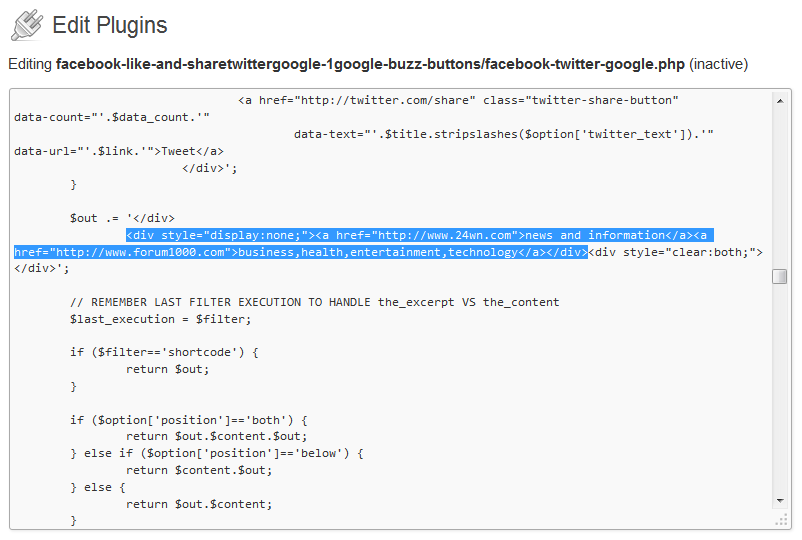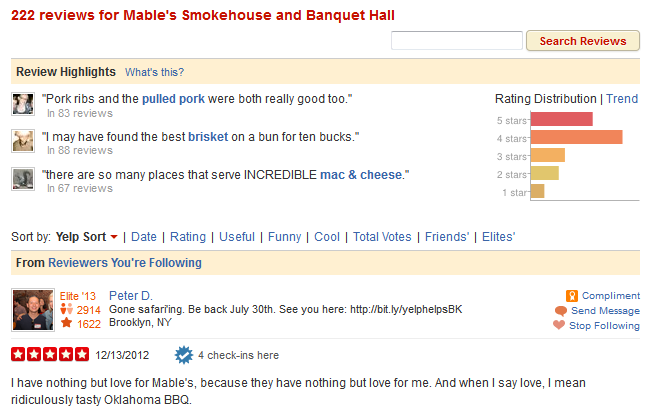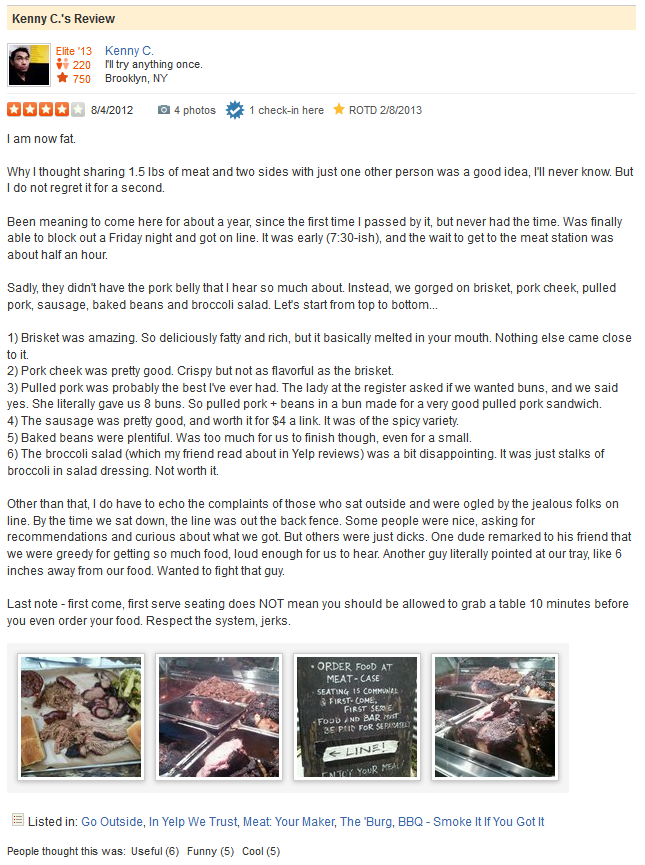Communication scholars are sure to be familiar with Marshall McLuhan’s famous phrase “The medium is the message”. In lay terms, McLuhan proposed that how you convey a message to your audience is just as important as the message itself. For instance, McLuhan believed that television viewers were less objective and less literate than readers of print publications. He states this at around the 4 minute mark of this video:
In the same decade that McLuhan first published this phrase, America experienced its first televised Presidential debate between Kennedy and Nixon. At this point, not everyone had a television set, so many families were still listening to the debate via radio broadcast. It was widely reported that radio listeners believed Nixon to have won the first debate, whereas TV viewers believed Kennedy won. The difference? Nixon was recovering from an illness and as a result, was pale and sweaty.
Also take for instance the introduction of movie theater advertising from around the same era. At this point, most people have heard tales of Coke’s supposedly subliminal movie advertising (the results of which were later found to be dubious). These days, pre-movie commercials are also accompanied by the sneaky-as-ever phenomenon known as product placement, a practice which has also received considerable backlash. Contrast these two types of movie advertising – one is expected (the time before movies start has always been reserved for advertising snacks and other movies), while the other can appear naturally if done right (consider all movie scenes that take place in Times Square). People receive these types of advertising much differently according to expectations. Studies have shown that product placement plays an effective role in cuing brand recognition.
Utilizing Digital Marketing Mediums to your Advantage
It’s been over half a century since McLuhan shared his pervasive line of wisdom with the world, but it’s as true as ever. With the ever-changing landscape of technology and ways to reach consumers, brands must be careful with how they advertise and take advantage of the channels available to them.
Twenty years ago, search engine marketing was not really a viable industry. Nowadays, brands can bid on individual keywords or groups of them. Search is a pull medium rather than a push medium (in theory, brand messaging can be presented only to qualified users who express an interest in that brand’s product offerings via their search queries). So you craft the messaging of your paid search ads differently from your TV or display ads, which are both mostly forms of push advertising. Within search, you can customize your messaging even further. For example, if someone searches for your brand name, you can tell them about a specific sale you’re having (fall sale, 20% off clearance items, etc.). But if someone is searching for a general product that you sell, you could use your ad to tell them about the benefits of shopping your site instead of going to the competitors (free shipping, widest selection, lowest prices, etc.). The possibilities are as endless as the permutations of words consumers type into that all-important Google search box.
And ten years ago, we didn’t have Twitter or Facebook. The only real ways for consumers to communicate directly with brands were via telephone, email or in-store with other customer representatives. Now, I can post a Tweet to complain about Time Warner Cable service or to commend Chex Mix for being delicious (both things I’ve done in the past year).
Those who work in brand management know the importance of keeping messages on-brand. But on the flip side, the people you reach on Twitter on a Friday night are likely not the same people you would reach with a TV ad placement during a noon soap opera. Granted, that’s an extreme example, but it still hammers home the point that it makes sense to craft your messaging according to who will be receiving it. The barriers to entry for social media marketing are so low that it doesn’t make sense for most brands to be uninvolved (regulated industries excluded). Tweets can be sent out as soon as they’re thought up (and approved).
Super Bowl ad junkies will remember this amazing Tweet from Oreo last year following the in-stadium blackout that occurred. That image was created and the Tweet was approved to hit the web before the lights came back on in New Orleans. To date, it’s received over 15,000 Retweets. Utilizing your channels properly can be a powerful vehicle.
On the other hand, bad social media strategies like Kenneth Cole’s can lead to a backlash. To call it a strategy isn’t too much of a stretch, as Cole himself has mentioned that his Tweets are meant to “provoke a dialogue“. It’s just a strategy that associates negative feelings toward the brand.
Then there’s also this amazing parody Burlington Coat Factory Twitter account, with such gems as this:
Yes it is halfway to the week but since when. #coats
— Burlington Coat Fact (@BurlCoatFactory) September 18, 2013
Apparently, a lot of people were fooled into thinking this was their official account. That doesn’t bode well for their actual social media team and its official Twitter account.
5 Tips to Improve Your Social Media Messaging
So how do you customize your marketing for the social web? Research. Tons of it. Here are 5 quick tips to get you started:
1) Know your audience. Not all social media channels cater to the same audience. Pinterest skews heavily female. Reddit is more techy than Facebook. Keep facts like this in mind when deciding what to share and where to share it.
2) Tag your campaigns! Use your visitor analytics to see what types of content resonate with which audiences. Do Twitter followers tend to stay longer on articles with lots of images? Are email newsletter visitors more likely to read long-form content? Do Facebook users share your content more if they read it before they leave the office?
3) Maintain Brand Messaging. Connect all of your advertising in some way. For example, in support of a single campaign, it may make sense to include the same hashtag across TV, social, and print. For some brands, having a discordant messaging works for them (consider Geico’s multitude of mascots).
4) Don’t be afraid to experiment! Short of creating offensive Tweets for the heck of it, you can test out different formats for your social strategy. Again, the lifespan of most Tweets and Facebook posts are short, so you can accumulate a lot of data in a short amount of time. Test things like the background color of your images, the URL shortener you use, the pronouns you use, etc.
5) Interact with your (potential) consumers! The best way to avoid negative PR or to encourage brand loyalty is to show customers that you’re listening. Responding to valid online complaints, Retweeting compliments, and even Liking Facebook comments can be enough to show followers that people are listening. Airlines (which get truckloads of complaints) are actually some of the best at responding to criticisms. Whether they do anything worthwhile with that information is another issue altogether…
At the end of the day, happy consumers have the propensity to be as passionate about your brand as you are. So perform the due diligence, get your feet wet, and good luck!





